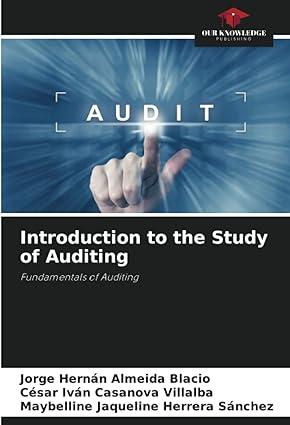Question
Project 2 part 1: Using the financial statements of Hershey Company, compute the ratios in tools for analysis for both 2017 and 2016 [note: for
Project 2 part 1:
Using the financial statements of Hershey Company, compute the ratios in tools for analysis for both 2017 and 2016 [note: for those ratios needing 2015 balance sheet items assume that those item on the balance sheet did not change from 2015 to 2016]
The December 31, 2017 stock price was $106.51
The December 31, 2016 stock price was $98.75
Part 2: Discuss the changes in the ratios from 2016 to 2017. Has the company improved, declined or stayed the same. Justify your answer.
LIQUIDITY
Working Capital = Current Assets - Current Liabilities
Current Ratio = Current Assets / Current Liabilities
Current Cash Debt Coverage Ratio = Cash Provided By Operations/ Average Current Liabilities
Inventory Turnover Ratio = Cost of Goods Sold/ Average Inventory
Days in Inventory = 365 Days/Inventory Turnover Ratio
Receivables Turnover Ratio = Net Credit Sales/ Average Net Receivables
Average Collection Period = 365 Days/ Receivables Turnover Ratio
SOLVENCY
Debt to Total Assets Ratio = Total Liabilities / Total Assets
Cash Debt Coverage Ratio = Cash Provided by Operations / Average Total Liabilities
Times Interest Earned Ratio = Net Income + Interest Expense + Tax Expense/ Interest Expense
Free Cash Flow = Cash Provided by Operations - Capital Expenditures - cash dividends
PROFITABILITY
Earnings per Share = Net Income - Preferred Stock Dividends/ Average Common Stock Shares Outstanding
Price Earnings Ratio = Stock Price per Share/ Earnings per Share
Gross Profit Rate = Gross Profit/ Net Sales
Profit Margin Ratio = Net Income / Net Sales
Return on Assets Ratio = Net Income / Average Total Assets
Asset Turnover Ratio = Net Sales/ Average Total Assets
Payout Ratio = Cash Dividends Declared on Common Stock/ Net Income
Return on Common Stockholders' Equity Ratio = Net Income - Preferred Stock Dividends/ Average Common Stockholders' Equity
Step by Step Solution
There are 3 Steps involved in it
Step: 1

Get Instant Access to Expert-Tailored Solutions
See step-by-step solutions with expert insights and AI powered tools for academic success
Step: 2

Step: 3

Ace Your Homework with AI
Get the answers you need in no time with our AI-driven, step-by-step assistance
Get Started


